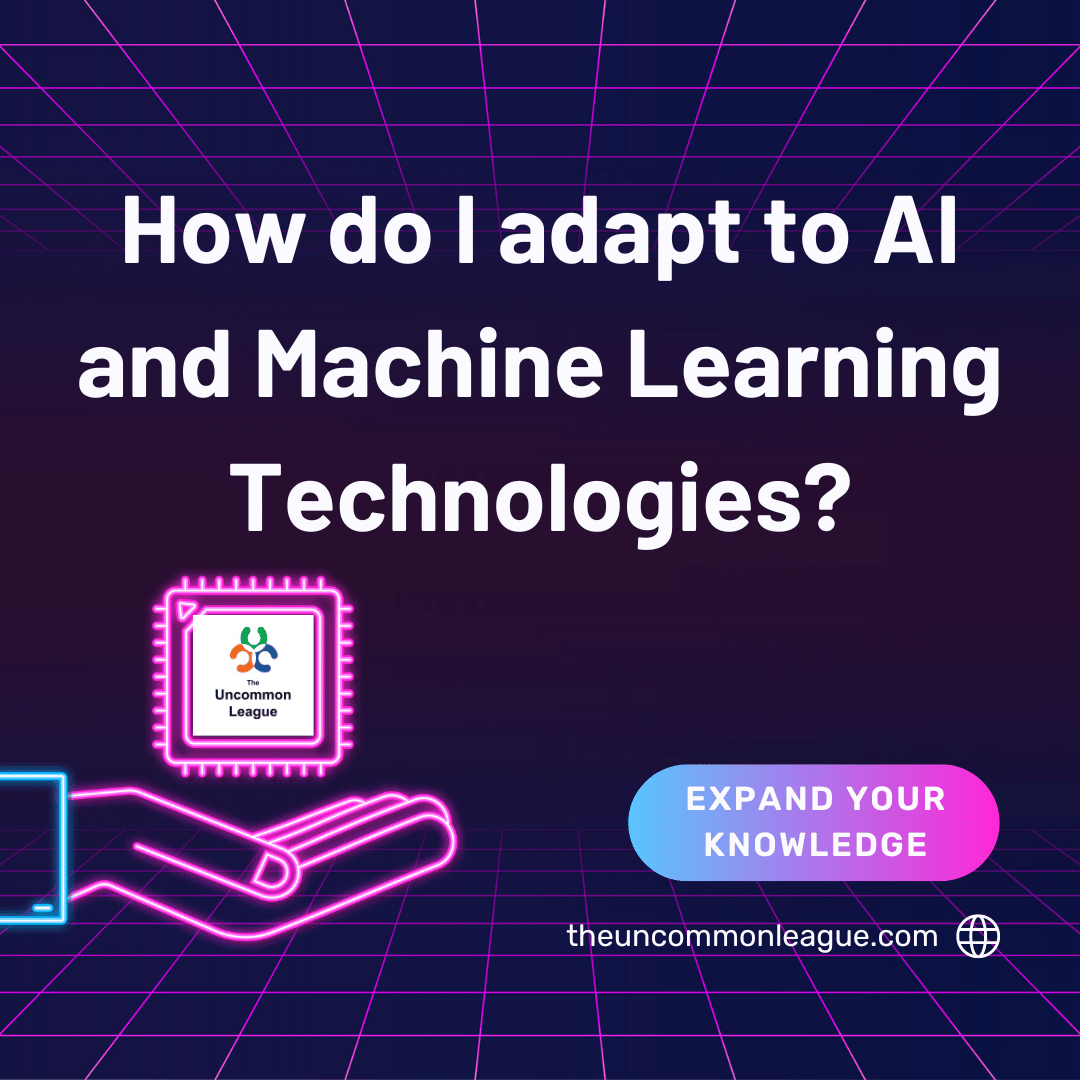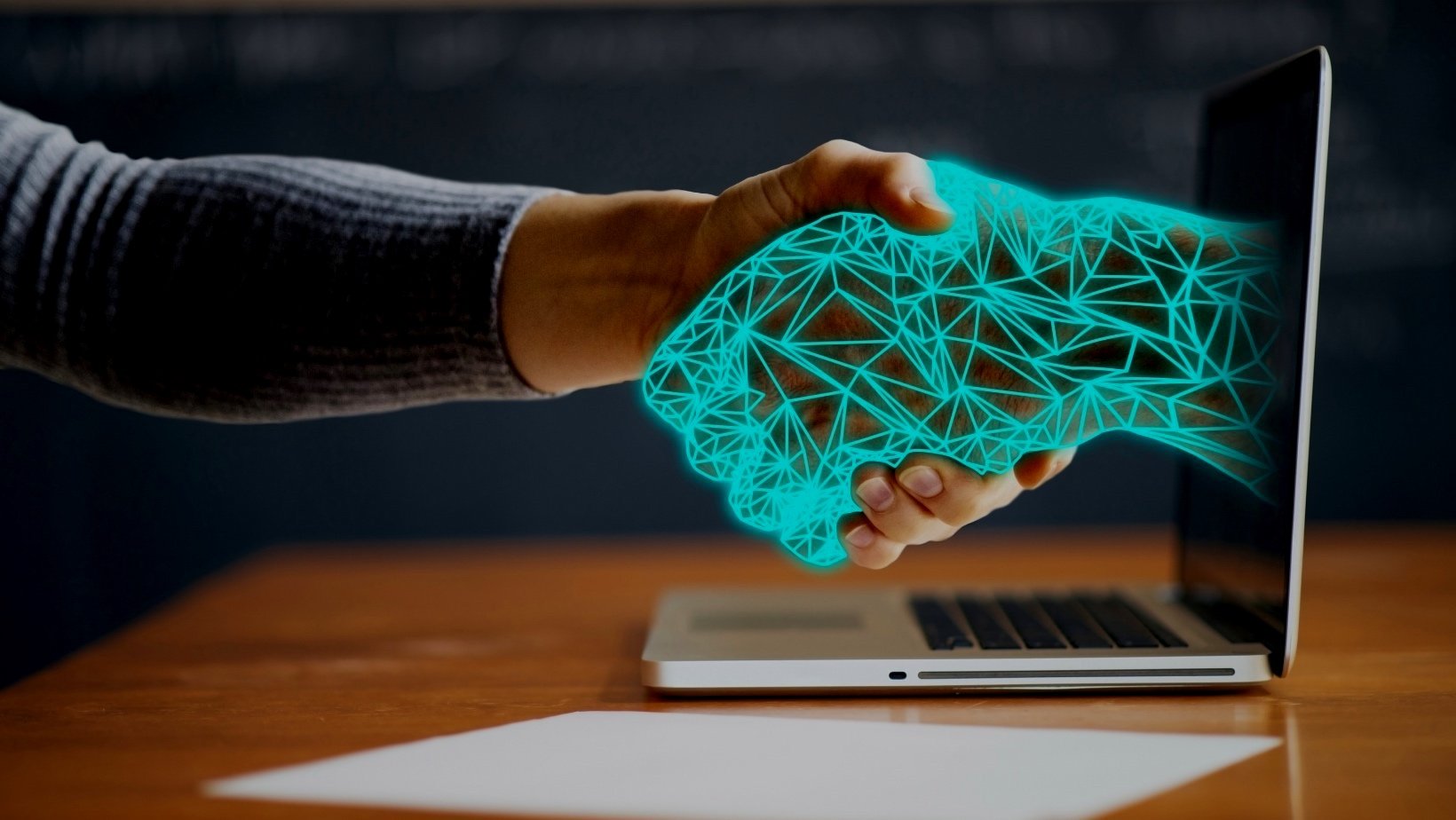How do I adapt to AI and Machine Learning Technologies?
As Business Analyst, I often ask myself questions. Admittedly, kinda weird. I began to ponder my adaptability as an analyst with the emerging AI technologies. The advent of Artificial Intelligence (AI) and Machine Learning (ML) technologies heralds a transformative era for businesses across the globe. For business analysts, this shift presents both a formidable challenge and an unparalleled opportunity. Adapting to AI and ML is no longer optional but a necessity to stay relevant and competitive. This article outlines the key steps and tasks involved in embracing these cutting-edge technologies, ensuring you remain at the forefront of this technological revolution.
Understanding the Fundamentals of AI and ML
The first step in adapting to AI and ML is building a solid understanding of these technologies. This involves:
Educational Pursuits: Engage in courses, workshops, and seminars that cover AI and ML basics, applications, and ethical considerations. The Uncommon League’s course on Mastering AI for business analysis is a good start because it provides the learned with a strong lay of the AI landscape and practical examples on how to use it utilizing case studies.
Stay Informed: Regularly read articles, journals, and reports from reputable sources to stay updated on the latest trends, breakthroughs, and best practices in AI and ML. Substack has quite a few AI related materials. You can also search for more online resources.
Networking and Communities: Join professional networks and online communities related to AI and ML. Platforms like LinkedIn, Reddit, and specific industry forums provide valuable insights and opportunities to engage with experts. Substack is also a great community choice for connecting with others in the AI space. Other social media platforms like LinkedIn.com also provide good resources to connect with the community.
Gaining Hands-on Experience
Theoretical knowledge must be complemented with practical experience:
Tools and Platforms: Familiarize yourself with popular AI and ML tools and platforms, such as TensorFlow, PyTorch, and IBM Watson. You can also focus on “front-end” applications like ChatGPT, Claude, Copilot, and Baird. Many of these platforms offer free versions or trials for learning purposes. The Uncommon League offers workshops on Unleashing AI in business analysis.
Projects and Collaboration: Participate in real-world projects, either within your organization or through collaborations with academic institutions or industry partners. Hands-on projects provide invaluable experience in applying AI and ML concepts.
Competitions and Hackathons: Engage in AI and ML competitions and hackathons, such as those hosted on Kaggle. These events are not only a great way to apply your skills but also to learn from others in the field.
Integrating AI and ML into Business Analysis
As a business analyst, integrating AI and ML into your analysis processes can be achieved by:
Data Analysis and Modeling: Leverage AI and ML algorithms for predictive analytics, customer segmentation, and market trend analysis. These technologies can uncover deeper insights and patterns that traditional analysis methods might miss. The ability to upload data into the interface for analysis is a key component here. Check with the tool you are using for its privacy policies.
Build Your Own: There are also tools available for creating you own private ML. This allows you to upload books, spreadsheets, and other materials to train the AI on a specific set of data. Although not perfect, It also provides a greater level of privacy and security.
Automating Routine Tasks: Use AI and ML to automate routine analytical tasks, such as data cleaning, report generation, and basic data analysis. This frees up time for more strategic and complex problem-solving.
Decision Support Systems: Implement AI-driven decision support systems that provide real-time insights and recommendations, enhancing the decision-making process.
Developing a Strategic Mindset
Adapting to AI and ML requires not just technical skills but also a strategic mindset:
Identify Opportunities: Continuously identify areas within your organization where AI and ML can add value, improve efficiency, or drive innovation. This could range from enhancing customer experiences to optimizing supply chains.
Align with Business Goals: Ensure that AI and ML initiatives align with broader business goals and strategies. It's crucial to demonstrate how these technologies can help achieve business objectives.
Risk Assessment and Management: Understand the potential risks associated with AI and ML, such as data privacy concerns, ethical issues, and implementation challenges. Develop strategies to mitigate these risks.
Fostering Ethical AI Practices
Ethics play a critical role in the deployment of AI and ML:
Transparency and Accountability: Advocate for transparency in AI and ML models, ensuring that stakeholders understand how decisions are made. Establish clear accountability for AI-driven decisions.
Bias Mitigation: Implement measures to identify and mitigate biases in AI and ML systems, ensuring fair and equitable outcomes.
Privacy and Security: Uphold strict data privacy and security standards, respecting customer data and ensuring compliance with relevant regulations. Be thoughtful and careful with PHI, Customer Data, and other types of data that are highly regulated.
Embracing Continuous Learning
The field of AI and ML is rapidly evolving, making continuous learning essential:
Professional Development: Regularly update your skills and knowledge through advanced courses and certifications. Consider specializations in areas like deep learning, natural language processing, or AI ethics.
Industry Trends: Stay abreast of emerging trends and technologies in AI and ML. Attend industry conferences, webinars, and workshops to gain insights from thought leaders.
Cross-disciplinary Learning: AI and ML are inherently interdisciplinary. Knowledge in areas such as psychology, sociology, and ethics can provide valuable perspectives in developing human-centric AI solutions.
April 15 - 17, 2024 (3 Days)
9:00 am (Central) until 5:00pm (Central)
Online - Live Instructor
Cultivating Collaborative Ecosystems
Collaboration is key to successfully adapting to AI and ML:
Interdepartmental Collaboration: Work closely with IT, data science, and other departments to integrate AI and ML into business processes seamlessly.
External Partnerships: Forge partnerships with academic institutions, tech companies, and industry consortia to leverage external expertise and resources.
Stakeholder Engagement: Engage with stakeholders, including customers, employees, and regulators, to understand their concerns and expectations regarding AI and ML.
Business Analyst Adaptability
Adapting to AI and ML technologies is a journey that requires a blend of technical acumen, strategic foresight, and ethical consideration. For business analysts, this journey presents an opportunity to redefine their role, driving insights and innovation that can propel their organizations into a new era of intelligence and efficiency. By embracing continuous learning, fostering collaboration, and championing ethical practices, business analysts can navigate the complexities of AI and ML, ensuring these powerful technologies are harnessed for the greater good of their organizations and society at large.
Tags #businessanalysis #ai


